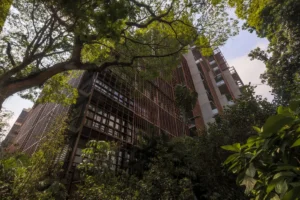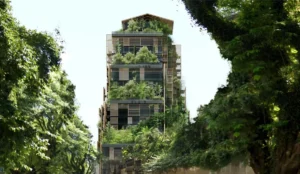
Lessons from Cities Driving Urban Transformation
What does it take for a city to transform? A new report from the Global Environment Facility (GEF) brings together lessons from a decade of experimentation in more than 90 cities across 33 countries and finds that urban sustainability succeeds when cities work across systems, not in silos.
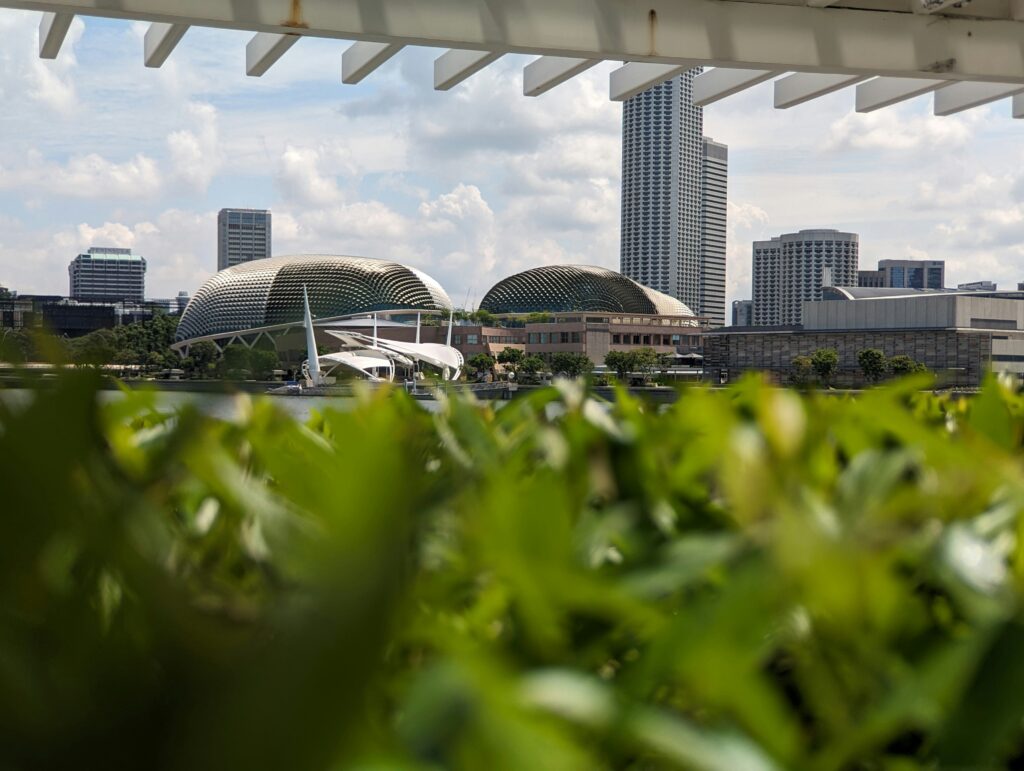
The report, Promoting Sustainable Urbanization for Global Environmental Goals, highlights evidence from the Sustainable Cities Program (SCP), a ten-year partnership led by the World Bank and UN Environment Programme (UNEP). With almost 480 million US dollars in GEF funding, the programme has helped cities develop integrated solutions to reduce emissions, protect biodiversity, and improve quality of life.
What the report found
The findings challenge the idea that tackling issues through individual themes and projects offers focus and solutions. Instead, cities that connect environmental, social, and economic goals together deliver deeper and longer-lasting benefits.
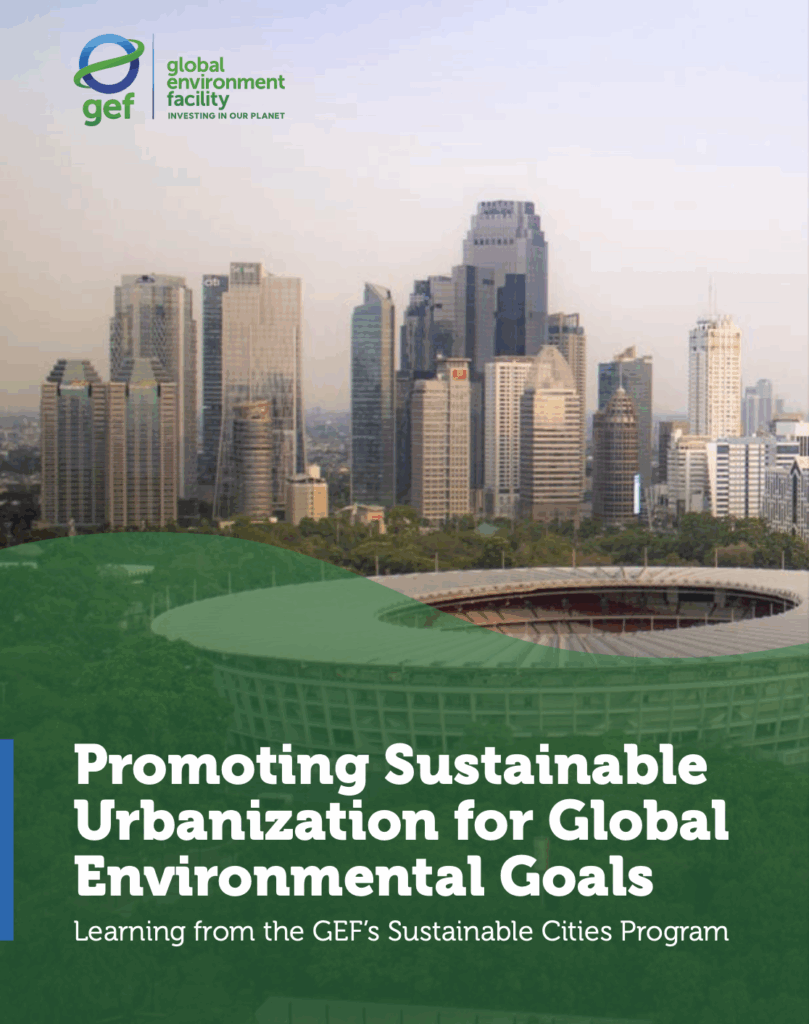
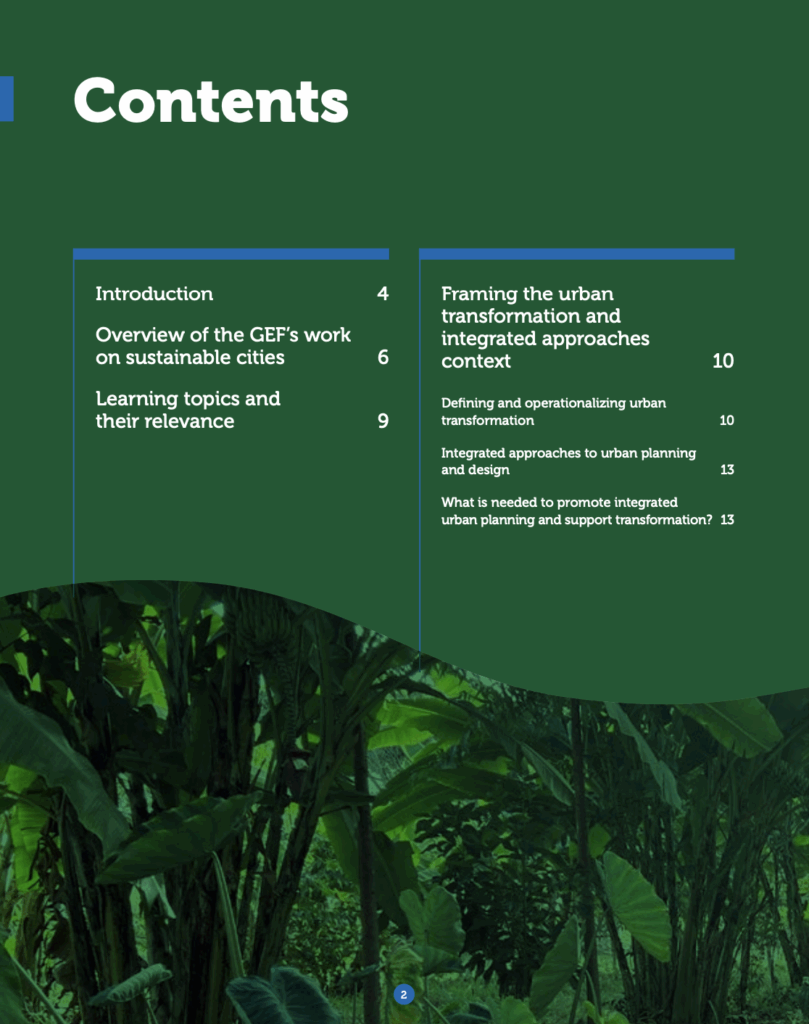
Urban planning and land use emerged as one of the strongest levers for climate action. This looks at how cities are designed and organised, covering transportation systems, housing, green space and balance growth with sustainability. Compact, connected cities that prioritise density, public transport, and green corridors can cut greenhouse gas emissions by up to 25%. In Paraguay, 11 municipalities in the Asunción Metropolitan Area developed a shared metropolitan plan to coordinate land use, transport, and housing, which strengthened urban planning beyond city boundaries. It’s a process that has since been replicated in other cities.
Decarbonisation and resilience are equally central. Decarbonisation aims to reduce emissions across energy, transport, and infrastructure, while resilience focuses on helping cities withstand and recover from climate shocks. In China, projects under the SCP have demonstrated how transit-oriented development can connect mobility systems with urban spatial planning to maximise benefits across the city. Plans include mixed-use development around public transit stations, promoting walkable and bikeable communities and encouraging public transportation use. In Johannesburg, a social housing initiative has shown how renewable energy and circular waste systems can reduce emissions and costs for residents.
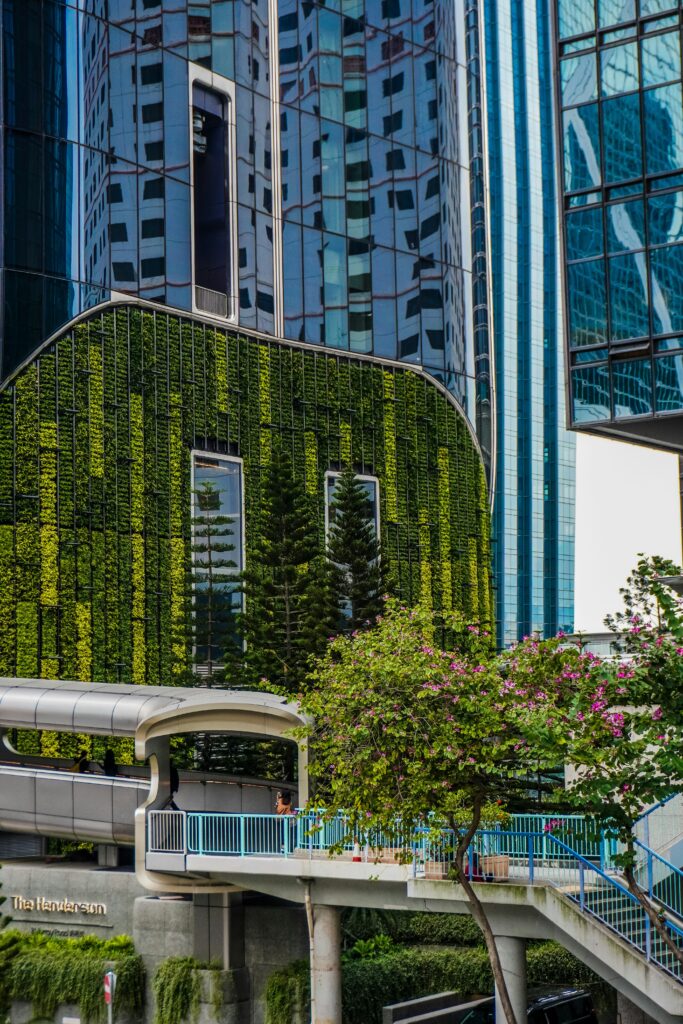
Restoring nature in cities delivers multiple benefits. This approach integrates natural systems such as wetlands, rivers, and forests into urban design to improve biodiversity and strengthen cities’ natural defences against flooding and heat. Wetland and lake restoration in Kigali and Chennai are improving biodiversity, supporting natural flood management, and contributing to national targets under the Kunming-Montreal Global Biodiversity Framework.
Finally, circular economy approaches, which are defined as solutions that seek to reduce linear use of natural resources and close energy and material loops to advance sustainability. The examples offered range from waste-to-energy pilots in India to integrated agrifood systems in African cities. are linking resource efficiency with economic opportunity, creating jobs and reducing waste.
Two cross-cutting themes underpin all this progress. First, governance: successful cities break down institutional silos and involve communities and the private sector in planning and decision making. Second, finance: projects that connect early with investors are far more likely to move from design to delivery. The SCP works closely with partners such as the City Climate Finance Gap Fund, the Green Cities Program, and the Cities Climate Finance Leadership Alliance to build local financial capacity and unlock investment.
Why the report was produced
The GEF established the Sustainable Cities Program to address the global challenge of making cities both liveable and sustainable. Rapid urbanisation has delivered growth and opportunity, but also congestion, pollution, and vulnerability to climate impacts.
To consolidate learning, the GEF convened a technical workshop in Paris in April 2025 with experts from the World Resources Institute (WRI), C40 Cities, ICLEI – Local Governments for Sustainability, and the Organisation for Economic Co-operation and Development (OECD). The workshop examined evidence from three programme phases to identify what drives successful urban transformation and where barriers remain.
Towards systemic change
The report makes one point clear: transformation depends on connection. Cities cannot solve climate, biodiversity, and inequality challenges separately. The SCP’s approach of integrating land use, nature, circular economy, and finance shows how joined-up planning can multiply impact.
To sustain this progress, the GEF and partners are investing in knowledge exchange through platforms such as UrbanShift and the Global Platform for Sustainable Cities (GPSC). These networks help cities learn from one another and scale tested approaches faster.
The report shows that when cities link people, nature, and the built environment, they can create ripple effects far beyond their borders.
Read the report here.
